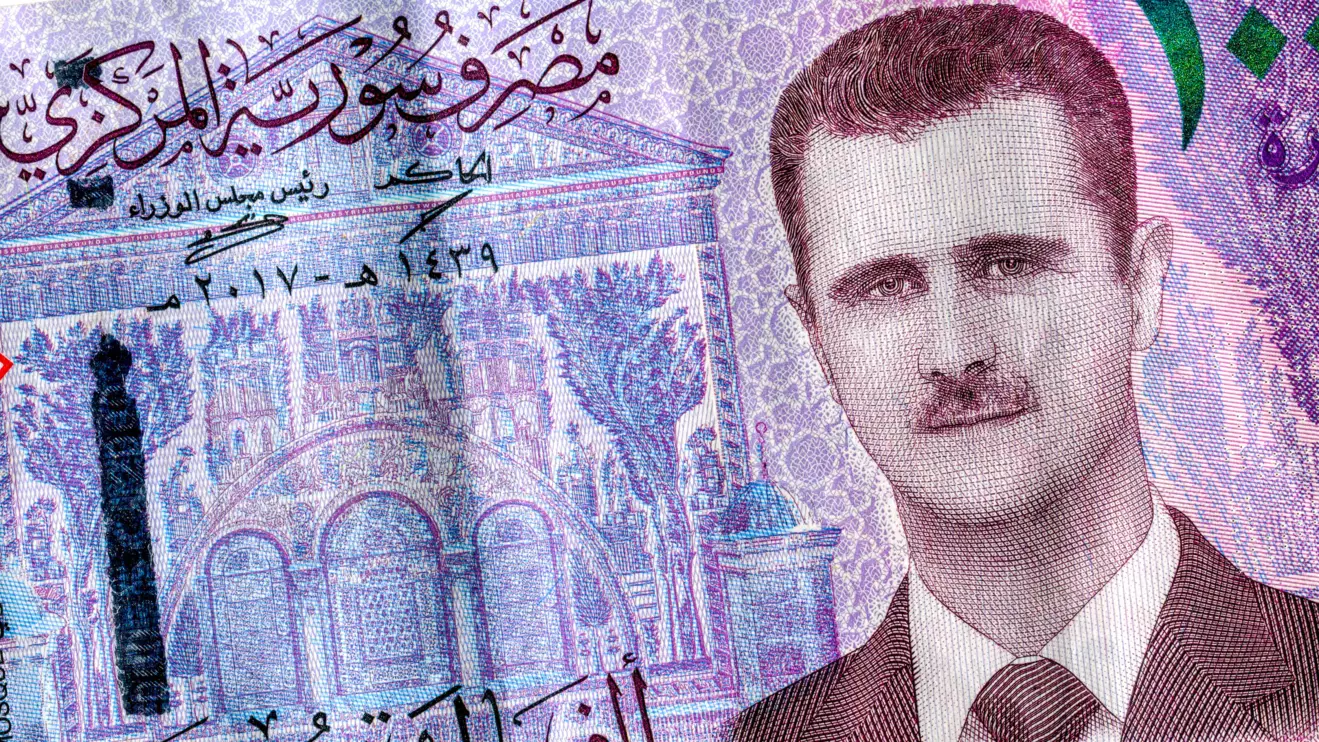Israel
Israel’s economy: A Banana Republic run by monopolies
Israel increasingly resembles an economy captured by monopolies, where a small circle of powerful interests dominates key sectors and ordinary consumers foot the bill.
Syria's central bank said that Syrian currency had arrived at Damascus airport from Russia, where banknotes were printed under the rule of toppled President Bashar al-Assad, Syria's state news agency SANA reported on Friday.

Syria's new central bank governor Maysaa Sabreen told Reuters in January that she wanted to avoid printing Syrian pounds if possible in order to guard against fluctuations in inflation rates © Mena Today
Syria's central bank said that Syrian currency had arrived at Damascus airport from Russia, where banknotes were printed under the rule of toppled President Bashar al-Assad, Syria's state news agency SANA reported on Friday.
The central bank did not specify the amount of local currency that had arrived.
Syria's new central bank governor Maysaa Sabreen told Reuters in January that she wanted to avoid printing Syrian pounds if possible in order to guard against fluctuations in inflation rates.
Since then, Syria's pound has strengthened on the black market, trading at 9,850 pounds to the U.S. dollar on Thursday, according to exchange houses, which are closed on Friday. The official foreign exchange rate has stayed around 13,000 pounds to the U.S. dollar, according to statements by the central bank.
The rate reflects a continued strengthening of the pound since Islamist rebels toppled Assad in December, helped by an influx of Syrians from abroad and an end to strict controls on trade in foreign currencies.
But that has sparked concerns about liquidity in Syrian pounds. The central bank only has foreign exchange reserves of around $200 million in cash, sources told Reuters, a huge drop from the $18.5 billion that the International Monetary Fund estimated Syria had in 2010, a year before the civil war broke out.
A report this month by international aid group MercyCorps' crisis analysis unit said households were struggling to pay for basic needs because of liquidity shortages in the market.
Before it turned to Russia, Syria had its money printed in Austria by Oesterreichische Banknoten-und Sicherheitsdruck GmbH, a subsidiary of the Austrian central bank.
Reporting by Jana Choukeir in Dubai and Maya Gebeily in Beirut
Israel increasingly resembles an economy captured by monopolies, where a small circle of powerful interests dominates key sectors and ordinary consumers foot the bill.
The Christian community of Damascus, still mourning a suicide bombing that killed 25 people in June, is celebrating Christmas under heavy security as uncertainty looms over Syria’s political future.
Syria's foreign and defence ministers met Russian President Vladimir Putin in Moscow on Tuesday to discuss expanding military, political and economic cooperation, with a focus on strategic collaboration in defence industries, Syria's state news agency SANA reported.

To make this website run properly and to improve your experience, we use cookies. For more detailed information, please check our Cookie Policy.
Necessary cookies enable core functionality. The website cannot function properly without these cookies, and can only be disabled by changing your browser preferences.